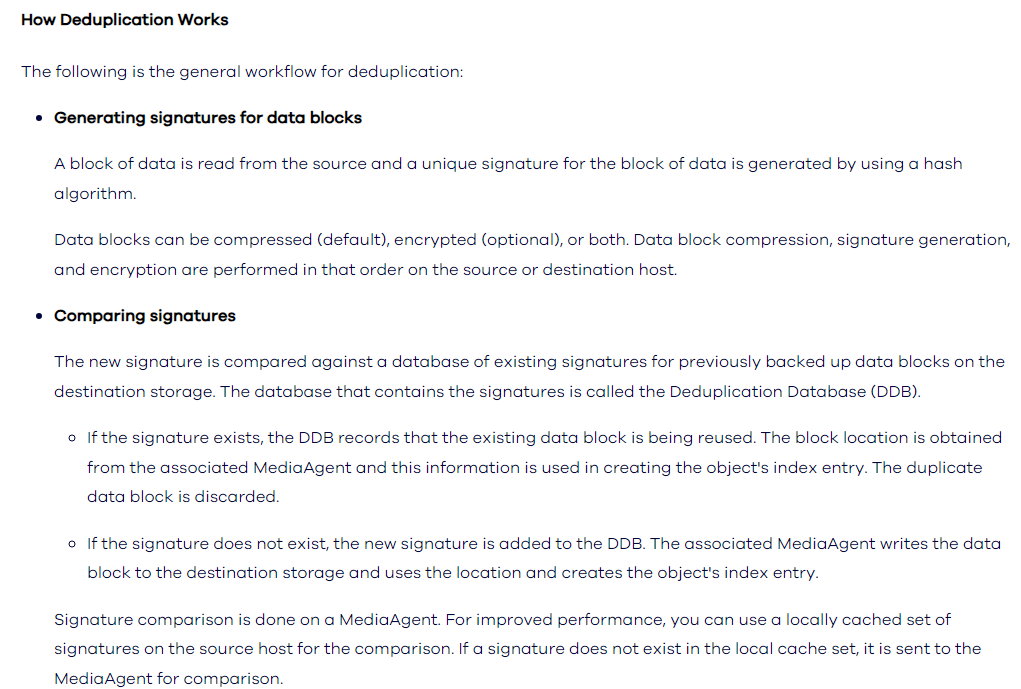I created a storage policy and changed the storage policy from one of our Postgres clients to this new one storage policy.
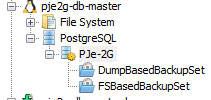
Storage Policy used for all Archive Log backups from the old one to new one: SP_PJe-2G.
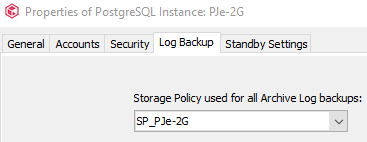
Data Storage Policy from old one to new one: same SP_PJe-2G.
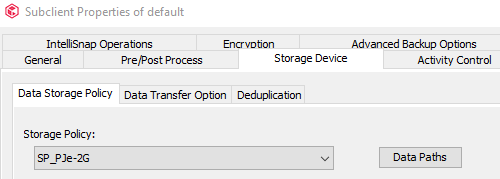
I ran some Incremental jobs, just log backups, and today I realize that during the Full Backup Job there was a comunication between the new MA server cvault-ma-20 and the old one, cvault-ma-02.
This new storage policy has the following Data Path Properties.

The MA server cvault-ma-02 is not a member of the Storage Pool STGPOOL_SC05.
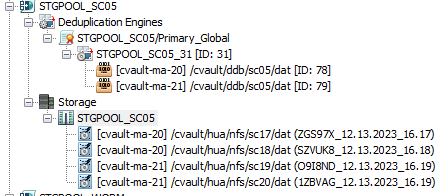
Why the new MA server, cvault-ma-20, is talking to the old MA server cvault-ma-02?
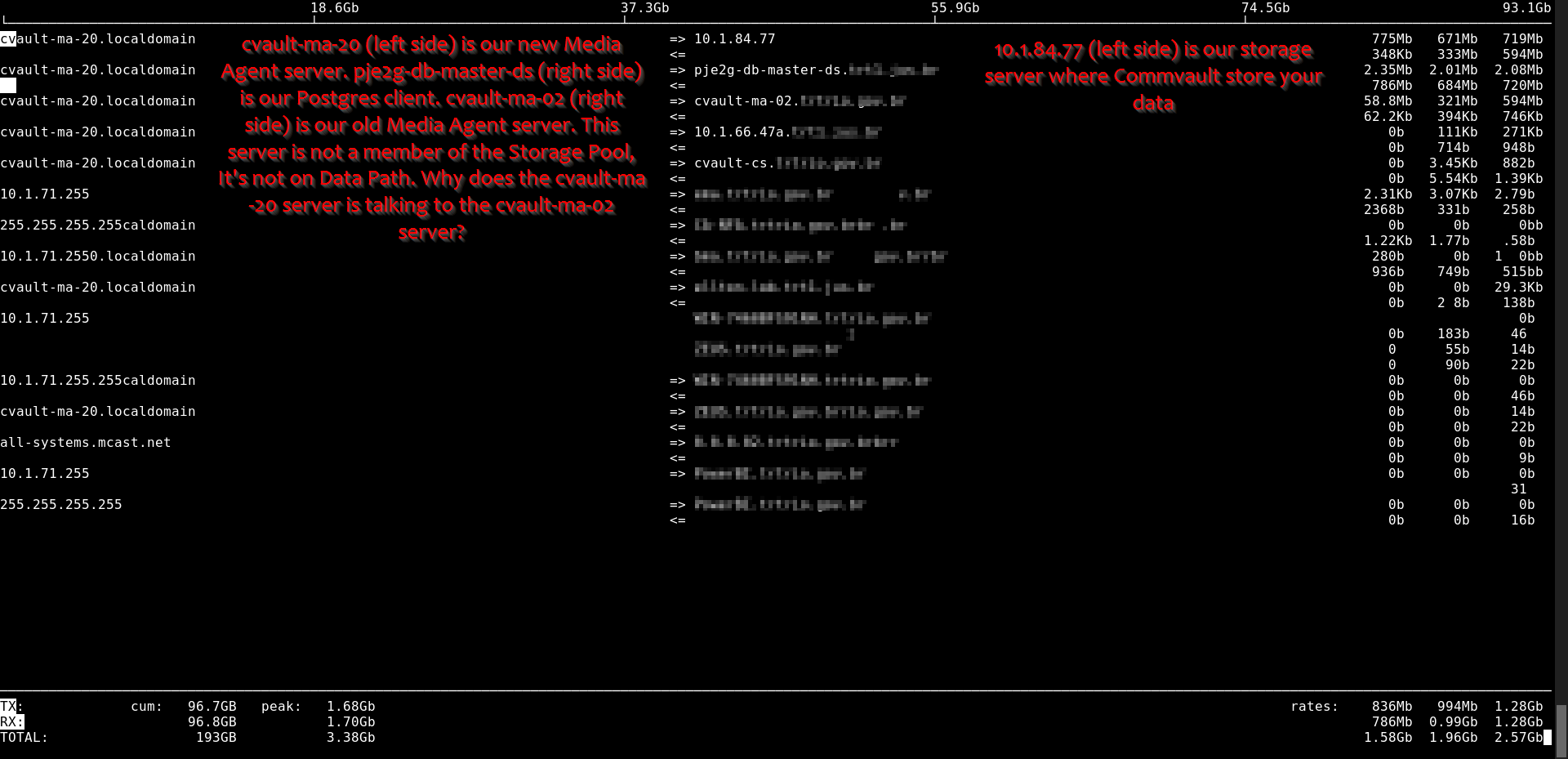
ANOTHER QUESTION: 10.1.66.47 is the other MA server on Storage Pool STGPOOL_SC05. I suppose that there is communication between the client and both of two servers because of deduplicating process. In few words can someone tell me what really occurs during a deduplicating backup job in terms of Query and Insert hashes?







